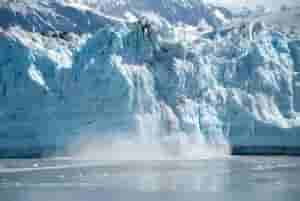In an interesting discovery, scientists have found close to 15,000-year-old viruses in the melting glaciers of Tibet, China. Most of these viruses remained alive since they had stayed frozen in ice.
The discovery can assist the scientists in gaining more information and knowledge about how viruses have developed over the centuries and likewise possibly find new types of viruses. The team working on the study is from the Ohio State University, and it released the initial findings via the “Microbiome” journal, according to Nature World News.
The team studied two different ice samples from the Guliya ice cap of the Tibetan Plateau, which is around 22,000 feet above sea level. Various substances were stuck in the ice samples since the ice was formed. Some of the substances included in the slabs of ice were 15,000-year-old viruses that originated with plants and the soil. Because the viruses are not animal or human-based, they are capable of adapting to extreme conditions.
After the study, the experts found the genetic codes of 33 different viruses. Of the 33 viruses, four were already identified by the scientific community. The others have not been known to science until their recent discovery. Since the other viruses are new, they are yet to be given names. The researchers still have to figure out the category in which they belong.

The researchers also found that the concentration of the viruses from the melting glaciers is far below the average levels compared to viruses identified in other environmental regions like the soil or the ocean.
Experts have been highlighting the threat of viruses that come from melted glaciers many years ago. Scientists said that these ancient viruses and bacteria get freed due to the melting of the ice and bounce back to life. Further, the melting ice exposes many reserves of secluded greenhouse gases like methane and carbon dioxide, which increases global warming.


